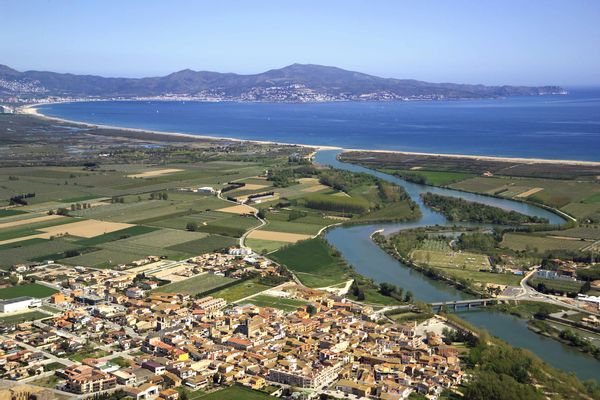This white-walled Mediterranean fishing village on Spain's Costa Brava was Salvador Dalí's summer home. Its narrow cobblestone streets lead to art galleries and seafood restaurants.
Cadaqués sits on Spain's Costa Brava, where Salvador Dalí lived and worked for four decades. You can visit his former home-museum in Port Lligat, walk through streets lined with white-washed houses to the gold-decorated altar of Santa María Church, or swim in clear-water coves like Cala Nans. The village lies within Cap de Creus Natural Park, where granite cliffs drop into the Mediterranean Sea.
Getting to Cadaqués
The village sits at the end of a winding mountain road, about two hours from Barcelona. You can rent a car at Barcelona Airport or take a train to Figueres, followed by a bus to Cadaqués. The remote location has kept development minimal, with only one road in and out through the Cap de Creus mountains.
Salvador Dalí's Legacy in Port Lligat
Dalí lived and worked in his Port Lligat house for over 40 years, a 20-minute walk from Cadaqués center. What started as a fisherman's hut grew into an interconnected series of rooms, each containing original furniture and personal items. Book tickets in advance - only eight visitors can enter at a time.
Exploring the Old Town
The historic center extends uphill from the waterfront, with narrow lanes connecting white-painted houses. The Church of Santa María stands at the highest point, its white facade visible from across the bay. Inside, a baroque altarpiece contains 365 carved figures covered in gold. The Jewish Quarter retains architectural elements from the community that lived here until 1492.
Beaches and Swimming Spots
Platja Gran, the main beach, curves along the town center with smooth pebbles instead of sand. Walk the coastal path to reach smaller coves like Cala Nans and Es Sortell, where you can swim away from the main beach crowds. The rocky seabed makes these spots good for snorkeling.
Cap de Creus Natural Park
Granite cliffs and Mediterranean scrubland surround Cadaqués. Walk the GR 92 trail along the coastline for 20 kilometers to Roses, passing hidden coves and wind-shaped rocks. From Cap de Creus lighthouse, Spain's easternmost point, you can watch the sunset over the Mediterranean. The northern Tramuntana wind has sculpted the local plants and rocks into unusual shapes.
Local Food Scene
Local boats supply fresh seafood to Cadaqués restaurants daily. Try suquet de peix (fish stew made with potatoes and garlic), rice with lobster, or black rice colored with squid ink. The waterfront fishermen's bars serve grilled fish caught that morning, paired with local white wine.
When to Visit
July and August see temperatures between 18-30°C (64-86°F) and the most visitors. May, June, September, and October have mild weather and fewer people. The strong Tramuntana wind can blow year-round, particularly in winter and spring.



















